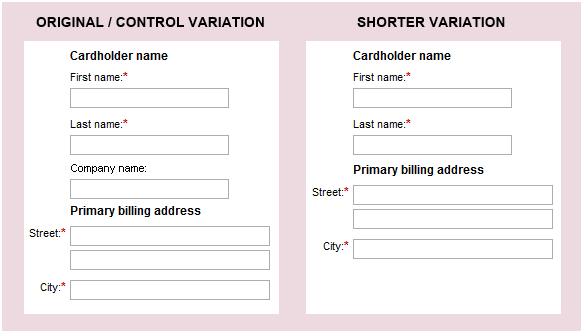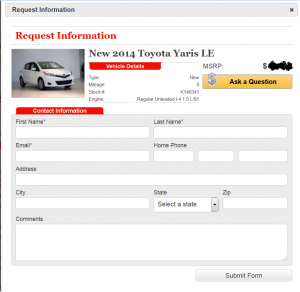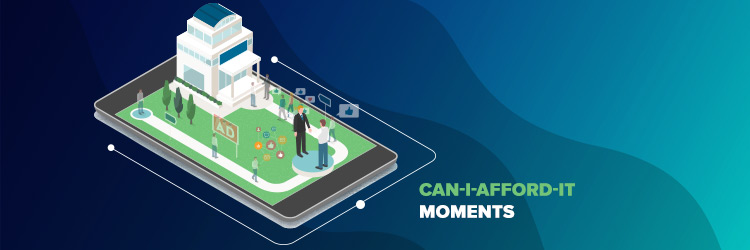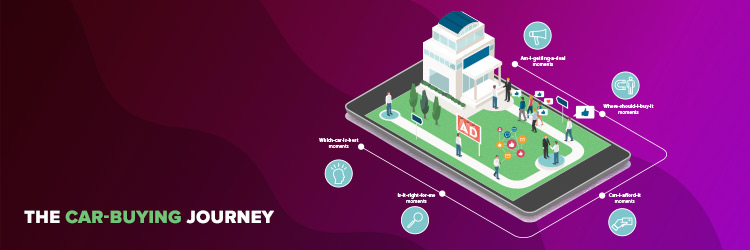
I think that everyone in a dealer’s internet department would agree that their most important digital asset is their website, and the most important factor in their website’s success is its ability to convert visitors to leads.
When I saw that Expedia had published an A/B test in which they dramatically increased conversion rate using the same principals and best practices I’ve been advocating in the automotive industry for years, I was excited to share it.
I am a firm believer that the forms on your dealership website should only ask for the basic information you need to schedule an appointment. Once you bring them into your dealership, where you can actually sell them a car, it becomes worthwhile to ask for more information, like their home address. Any unnecessary information that you request (even if you explicitly mark the fields as “optional”) on a website lead form, simply limits the number of opportunities your sales team has to set appointments and sell cars.
As a part of the KISS (Keep It Simple, Stupid) mentality in website design, asking for (even if not requiring) unnecessary information can deter the potential customer from supplying any information to your dealership and lowering your lead volume.
Here are the A and B versions of Expedia’s form from their A/B test. They removed “Company Name”, a field they weren’t requiring, from the billing section of a form:
Apparently, this field may have been confusing visitors who began entering their bank name and address, instead of their billing address. It definitely generated a higher bounce rate than the shortened form on the right. Simply removing a field THAT THEY WEREN’T EVEN REQUIRING, increased their site’s annual profit by $12 million!
So, let’s apply this learning to our industry. Take your dealership’s online credit application, for example. Two reasons that most online credit apps aren’t completed are: 1) the length of the form and 2) the detail of the questions. If a customer doesn’t readily know even one piece of information, or is reluctant to share it, they’ll abandon the process and you won’t have any of their information. Try streamlining this form to only require data that is absolutely necessary to begin the finance application process and start a dialogue with the customer.

What about vehicle lead forms? Below is an example of a typical dealership website lead form. Even though many of the fields in this lead form below are actually “optional” (note that they don’t have an “*”, so they aren’t required), they also complicate the form, distract the user, and lower conversion rate. So as we consider this form we want to ask ourselves – “Are any of these “optional” fields are going to help us sell a car?” Clearly, we’re better off getting many more leads than knowing each customer’s zip code.
Your lead forms simply need to capture a name, phone number, and email address. The rest of these fields only limit the number of leads your site produces. That’s why so many websites in our industry under-perform – the dealers expect that their providers are delivering high-quality, optimized sites, but their vendors may not be any savvier about website optimization than they are.
We’ve repeated this experiment dozens of times on our platform, and I can tell you that every time we streamline a form, our dealer’s conversion rates increase. So, over the next few days, I suggest that you audit your website and identify any fields that aren’t necessary on any form on your site. Send these examples to your website provider and see if they can help you increase your conversion rate. If you can’t get your provider to do this, give me a call. I’ll see what we can work out.







